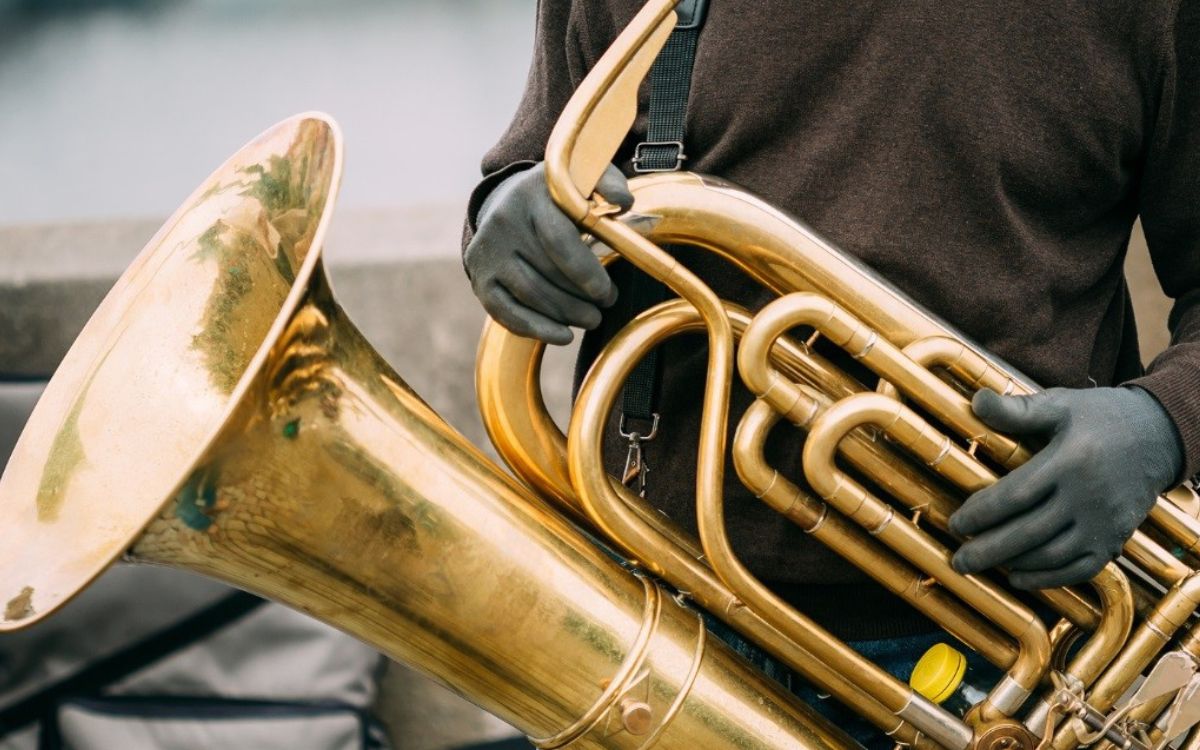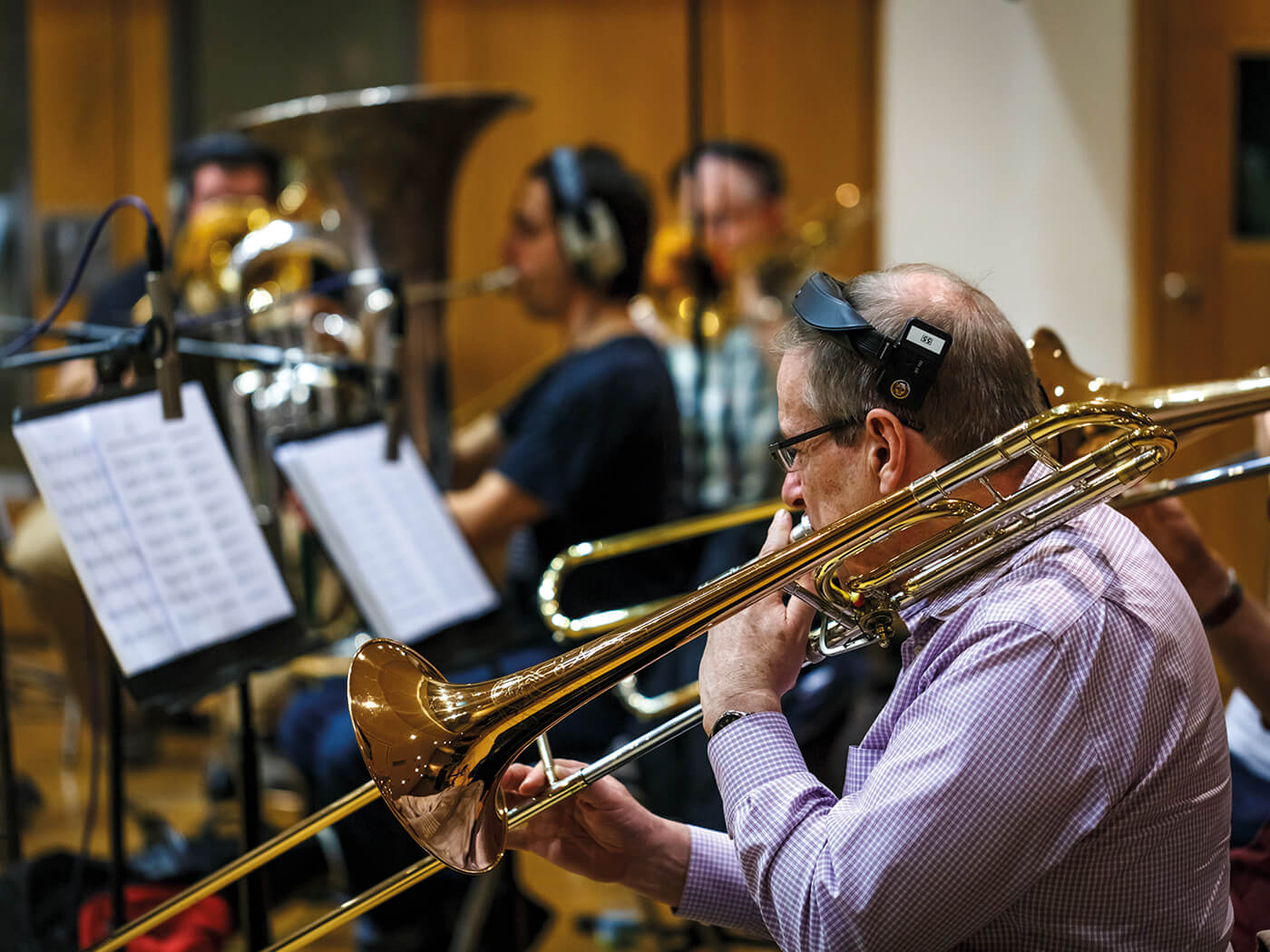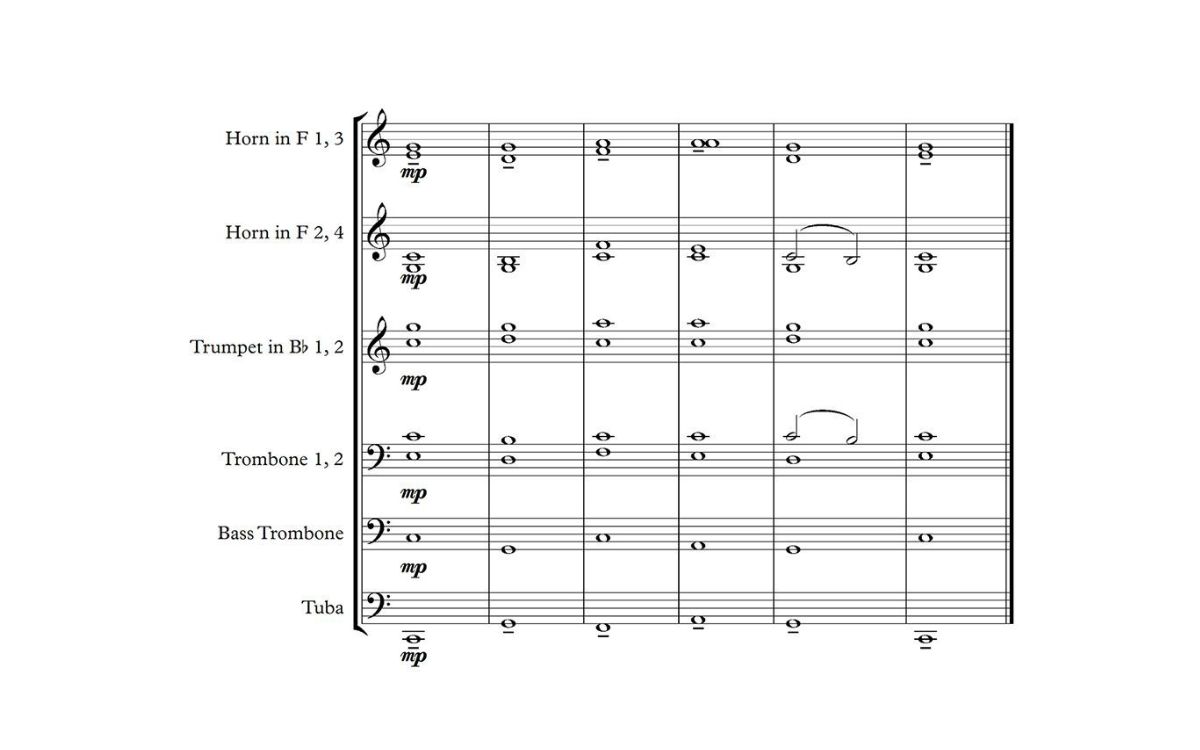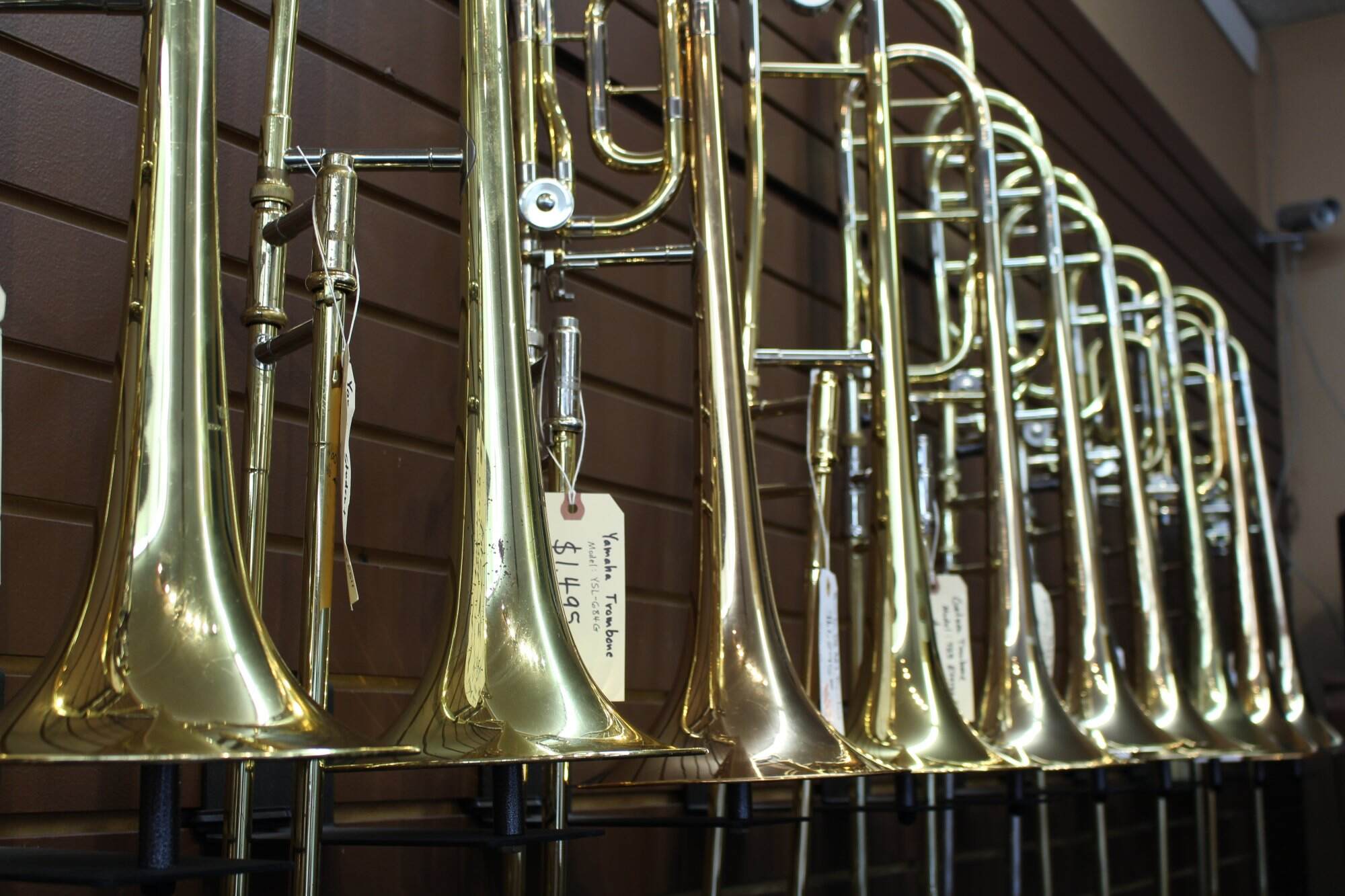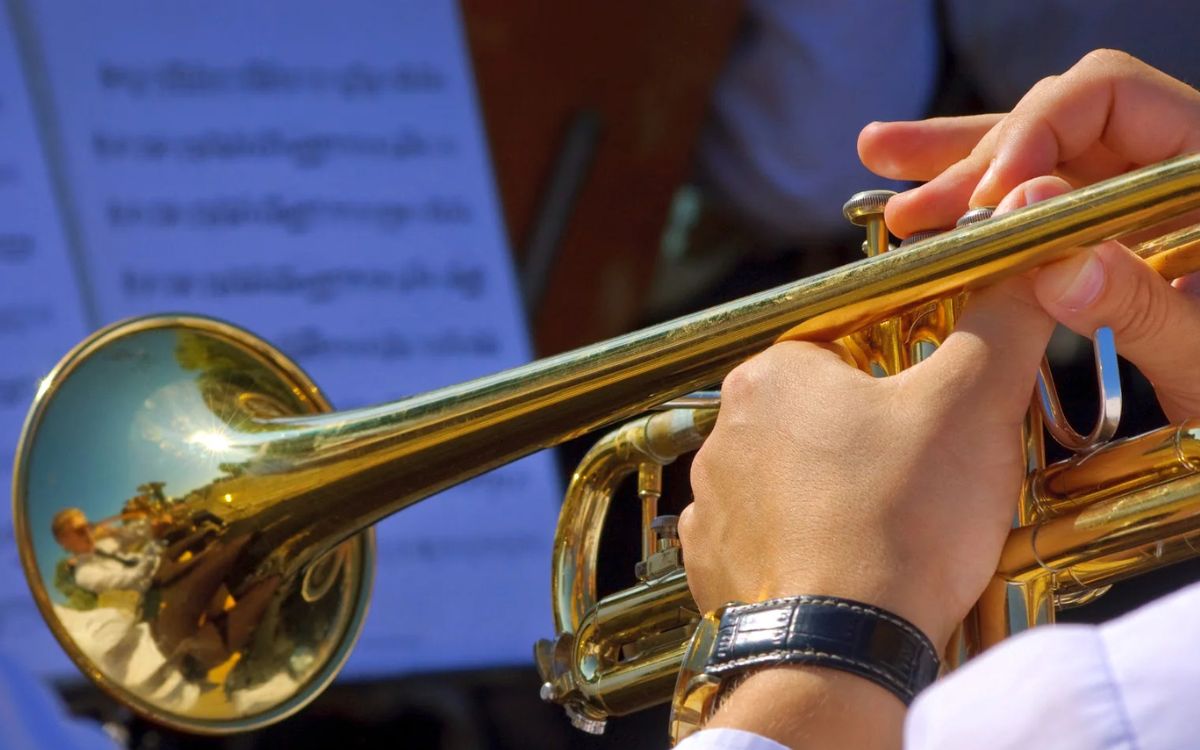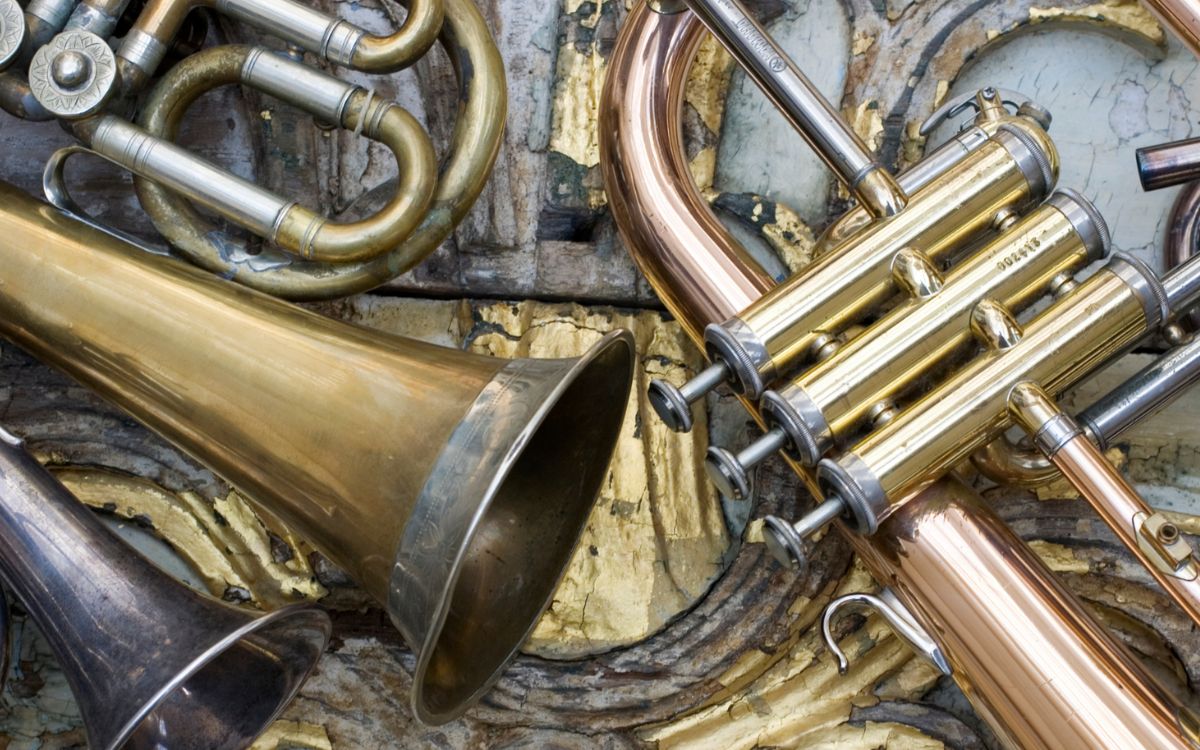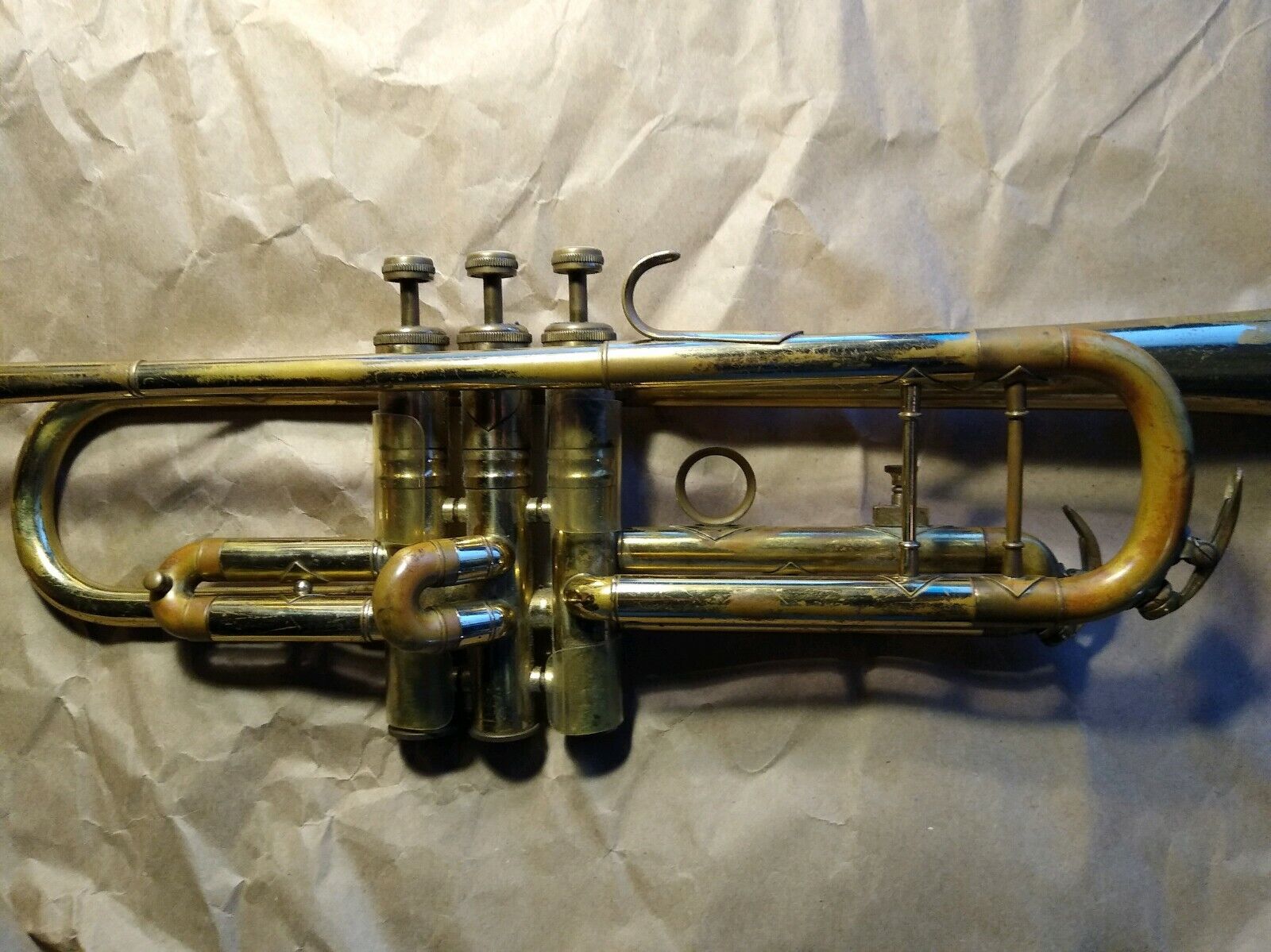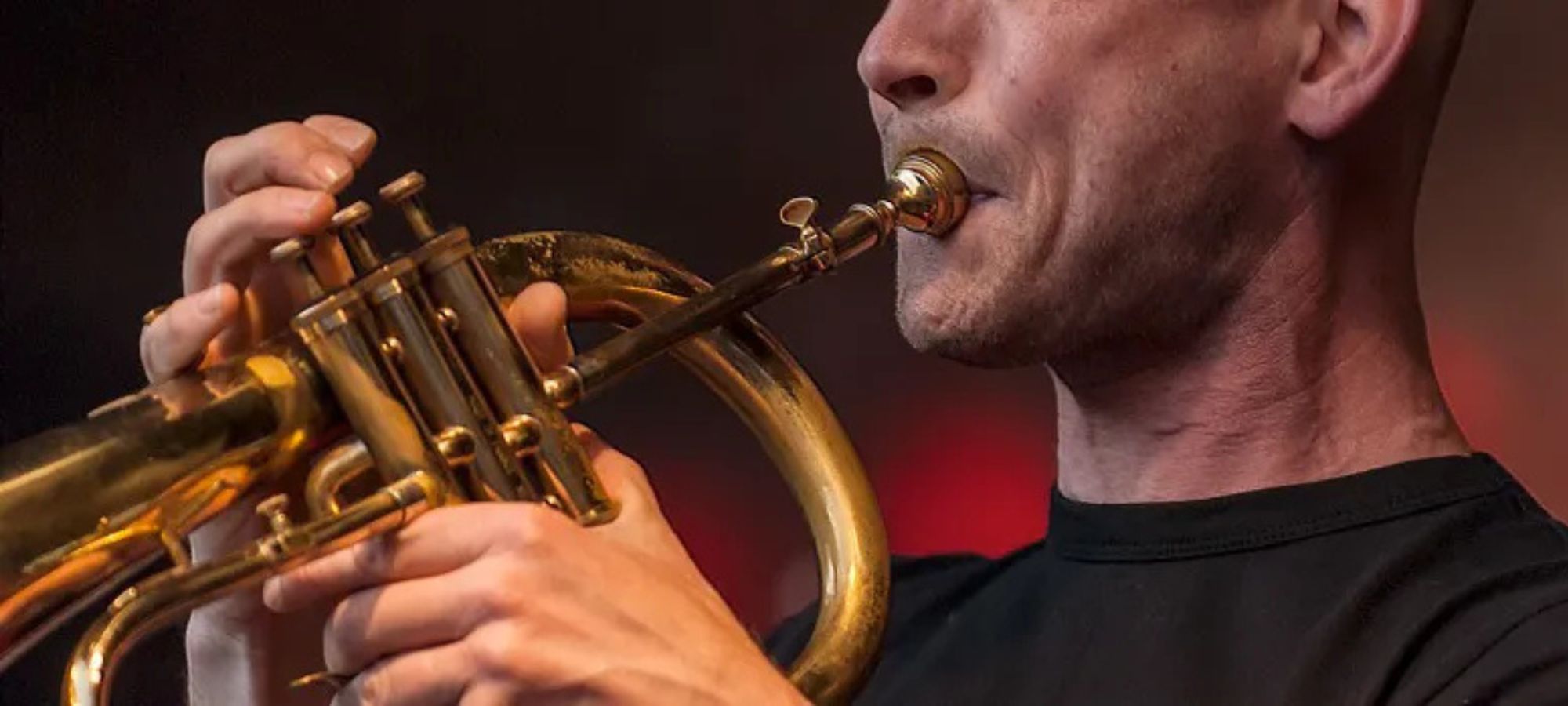Home>Instruments>Brass Instruments>What Types Of Brass Instruments Are There
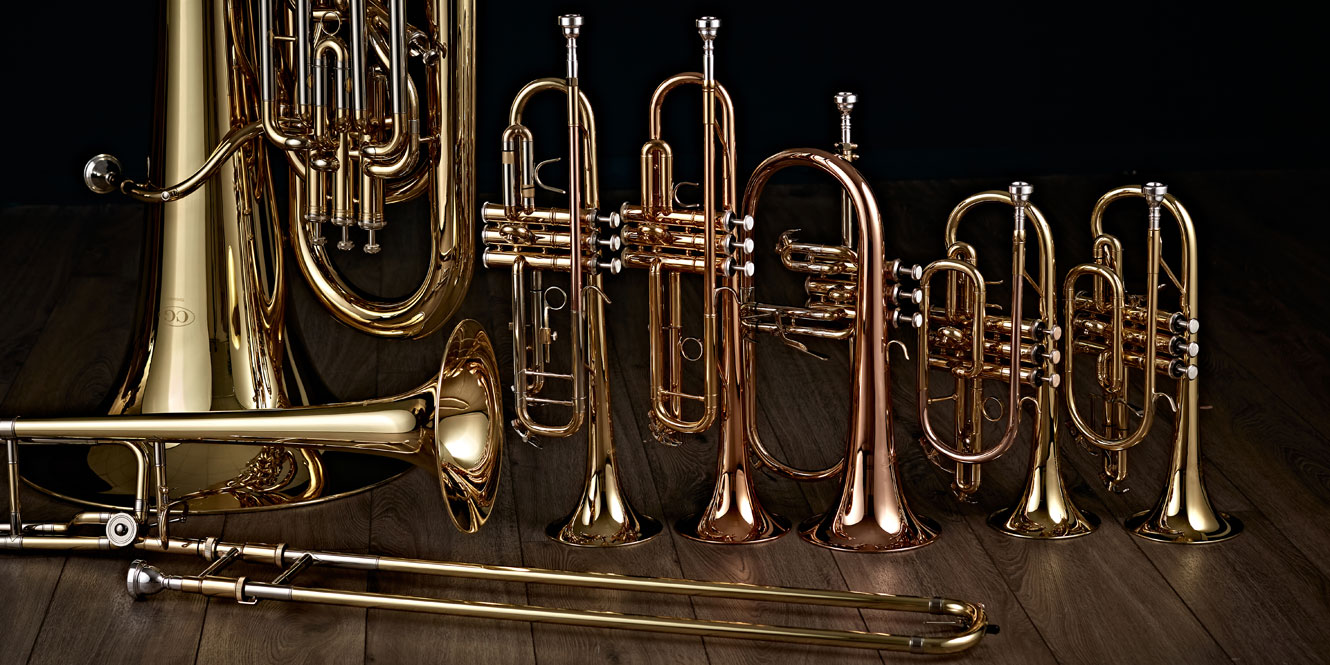

Brass Instruments
What Types Of Brass Instruments Are There
Modified: January 22, 2024
Discover the different types of brass instruments, such as trumpets, trombones, and French horns. Uncover the beauty of these musical instruments and explore the world of brass musicianship.
(Many of the links in this article redirect to a specific reviewed product. Your purchase of these products through affiliate links helps to generate commission for AudioLover.com, at no extra cost. Learn more)
Trumpets
Trumpets are one of the most recognizable and versatile brass instruments. Their distinctive, bright sound and powerful projection have made them a popular choice in various musical genres, including classical, jazz, and marching bands.
Trumpets are typically made of brass, consisting of a cylindrical tube with a flared bell at the end and three piston valves. The player produces sound by buzzing their lips into the mouthpiece, creating vibrations that resonate through the instrument.
They are available in various keys, with B♭ and C being the most common. B♭ trumpets are more prevalent in jazz and commercial music, while C trumpets are commonly used in orchestral settings.
Trumpets are known for their agility and range, capable of playing both melodic lines and powerful fanfares. Some notable trumpet players include Louis Armstrong, Miles Davis, and Wynton Marsalis.
Whether performing solos, playing in ensembles, or being part of an orchestra, trumpets add a distinctive and vibrant sound to any musical piece. Their range and expressive capabilities make them an essential instrument in any brass section.
Trombones
Trombones are a unique and versatile member of the brass instrument family. They are characterized by their sliding telescoping tubes, known as the slide, which allows the player to produce different pitches by extending or retracting the slide.
Trombones are typically made of brass with a wide, flared bell and a long slide. They produce sound through a combination of the player’s buzzing lips and the movement of the slide. The slide allows for smooth glissandos, expressive phrasing, and precise pitch control.
Trombones are available in various sizes, including tenor, bass, and contrabass. The tenor trombone is the most common and is used in orchestras, wind ensembles, and jazz bands. The bass and contrabass trombones produce lower and deeper tones, adding depth to the brass section.
One of the most distinctive features of the trombone is its ability to play in a wide range of musical styles, from classical to jazz and everything in between. It is known for its expressive capabilities, providing rich, lyrical melodies or powerful and bold solos.
Renowned trombone players include J.J. Johnson, Slide Hampton, and Christian Lindberg, who have showcased the versatility and expressive possibilities of the instrument.
Whether they are playing in a symphony orchestra, a big band, or even a small jazz ensemble, trombones are essential in bringing depth, warmth, and character to any musical performance.
French Horns
French horns, often simply referred to as horns, are a staple in orchestras and wind ensembles. With their distinct conical shape and circular arrangement of tubing, French horns produce a warm and mellow sound that adds depth and richness to the brass section.
Unlike other brass instruments, French horns are played with the right hand placed inside the bell. The player creates sound by buzzing their lips into a cup-shaped mouthpiece, while the left hand controls the valves located near the bell. The manipulation of the valves alters the pitch and allows the player to play a wide range of notes.
French horns are known for their versatility and expressive capabilities. They can produce delicate and lyrical melodies as well as powerful and majestic fanfares. The instrument’s range spans four octaves, making it suitable for both solo performances and ensemble playing.
The French horn’s unique tonal quality and ability to blend well with different instruments make it an integral part of orchestral compositions. It is also commonly featured in chamber music, concert bands, and brass ensembles.
Renowned French horn players include Dennis Brain, Barry Tuckwell, and Dale Clevenger, who have showcased the instrument’s capabilities through their virtuosic performances.
Overall, French horns play a vital role in orchestral and ensemble settings, adding depth, texture, and a touch of elegance to the music.
Tubas
The tuba is the largest and lowest-pitched instrument in the brass family. Its deep and resonant sound serves as the foundation of the brass section, providing a rich and powerful bass line in various musical genres.
Tubas are typically made of brass and feature a large, conical bore and a wide bell. They are played by buzzing the lips into a cup-shaped mouthpiece and using valves to change the pitch. Tubas come in different sizes and keys, including the BB♭, CC, and F tubas.
Due to its size and weight, the tuba is usually played while seated, with the instrument resting on the player’s lap or supported by a strap. The player controls the pitch and dynamics by adjusting their embouchure and airflow.
The tuba’s deep and powerful sound lends itself well to various musical styles, from classical and orchestral pieces to brass bands and marching bands. It provides a solid foundation and adds a sense of gravity and grandeur to the overall sound.
Notable tuba players include Arnold Jacobs, Roger Bobo, and Carol Jantsch, who have showcased the instrument’s versatility and virtuosity.
When played with precision and control, the tuba’s distinctive timbre can evoke a wide range of emotions, from the rumbling depths to the soaring heights, making it an essential component of any brass ensemble.
Cornets
Cornets are brass instruments that are often mistaken for trumpets due to their similar appearance. However, cornets have a more conical bore and a mellower, softer sound compared to the bright and piercing sound of trumpets.
Similar to trumpets, cornets are made of brass and consist of a cylindrical tube with a flared bell and three piston valves. The player produces sound by buzzing their lips into the cup-shaped mouthpiece, which creates vibrations that resonate through the instrument.
Cornets are commonly used in concert bands, brass bands, and jazz ensembles. They offer a wide range of expression, from delicate and lyrical melodies to bold and brassy solos. Their ability to blend well with other instruments makes them a versatile choice for ensemble playing.
The cornet’s sound is often described as warm, sweet, and mellow. It is known for its ability to produce smooth and legato phrases, making it well-suited for playing expressive and lyrical melodies.
Famous cornet players include Herbert L. Clarke, Nat Adderley, and Warren Vache, who have demonstrated the instrument’s versatility and charm through their performances.
While often overlooked in favor of the trumpet, the cornet plays an important role in various musical genres. Its unique sound and expressive qualities provide a distinct flavor to the brass section, enriching the overall musical experience.
Flugelhorns
Flugelhorns are brass instruments that are similar in appearance to trumpets and cornets. However, they have a wider and more conical bore, which gives them a mellower and darker sound compared to other brass instruments.
Flugelhorns are typically made of brass and feature a slightly larger and more rounded bell than trumpets or cornets. They have three piston valves and a cup-shaped mouthpiece that is deeper and wider than a trumpet mouthpiece.
The flugelhorn’s unique sound is often described as warm, velvety, and lyrical. It is a popular instrument in jazz and brass bands, known for its ability to blend seamlessly with other instruments while adding a touch of richness and depth to the overall sound.
Flugelhorns are capable of producing expressive and melodic lines with a gentle and smooth character. Their versatility allows them to be utilized in various musical contexts, including solos, ensemble playing, and improvisation.
Famous flugelhorn players include Chet Baker, Art Farmer, and Chuck Mangione, who have showcased the instrument’s expressive capabilities and unique timbre through their performances.
Whether played in a jazz quartet, a brass ensemble, or a concert band, the flugelhorn brings a distinct and captivating voice to the music, adding depth and emotion to any performance.
Baritones
Baritones, also known as euphoniums, are versatile brass instruments that bridge the gap between the trombone and tuba in terms of sound and range. They are popular in concert bands, brass bands, and even jazz ensembles.
Baritones resemble tubas in appearance, with a large conical bore and a wide bell. However, they are smaller and lighter, making them more manageable to hold and play.
Baritones are played by buzzing the lips into a cup-shaped mouthpiece and using valves to change the pitch. They produce a warm, rich, and mellow sound that has a lyrical quality, making them well-suited for playing melodic lines and expressive solos.
The baritone’s versatility allows it to blend well with other brass instruments while providing a solid foundation in the ensemble. It often plays the role of the middle voice, harmonizing with higher and lower brass instruments.
Notable baritone players include Brian Bowman, Steven Mead, and David Childs, who have demonstrated the instrument’s expressive capabilities and virtuosity through their performances.
Whether playing in a symphonic band, brass ensemble, or jazz combo, the baritone adds richness, warmth, and depth to the overall sound, making it an essential component of any brass section.
Euphoniums
Euphoniums are brass instruments that belong to the same family as baritones. They share similarities in appearance, with a large conical bore and a wide bell. However, euphoniums are slightly larger and produce a more robust and resonant sound.
Euphoniums are played by buzzing the lips into a cup-shaped mouthpiece and using valves to change the pitch. They are known for their warm and rich tone, often described as velvety and lyrical. Euphoniums have a wide range, allowing players to perform both melodic lines and intricate solos.
Due to their versatile sound and expressive capabilities, euphoniums are commonly featured in concert bands, brass bands, and chamber ensembles. They add depth, richness, and a touch of elegance to the overall sound.
Euphonium players often play an important role in the harmonic and melodic structure of a piece. They can provide a solid foundation in the lower register or soar with virtuosic solos in the upper range.
Renowned euphonium players such as David Childs, Steven Mead, and Demondrae Thurman have showcased the instrument’s versatility and technical prowess through their performances.
Whether performing in a solo, ensemble, or orchestral setting, the euphonium’s beautiful timbre and expressive qualities make it a captivating and essential instrument in the brass section.
Sousaphones
Sousaphones are large brass instruments that are often associated with marching bands. They are a type of tuba designed to be worn and played on the player’s shoulder, providing a portable and visually striking instrument for outdoor performances.
Similar to tubas, sousaphones have a wide conical bore and a flared bell. They are played by buzzing the lips into a cup-shaped mouthpiece and using valves to change the pitch. Sousaphones come in various sizes and keys, including BB♭ and E♭.
The unique design of the sousaphone allows the sound to project forward, making it easier for the player to be heard in outdoor settings. The bell faces forward and upward, enhancing the instrument’s projection and creating a distinctive visual element in parades and marching band performances.
Sousaphones produce a deep and resonant sound, complementing the marching band’s rhythm section. They provide a strong bass foundation and add a distinctive element to the overall sound of the ensemble.
Famous marching band performances, such as those by the University of Notre Dame’s “The Band of the Fighting Irish” or the Ohio State University Marching Band, have featured the sousaphone prominently, showcasing its powerful and captivating sound.
In addition to their role in marching bands, sousaphones are also utilized in concert bands and brass ensembles. They bring a unique tonal quality and a sense of grandeur to any musical performance.

